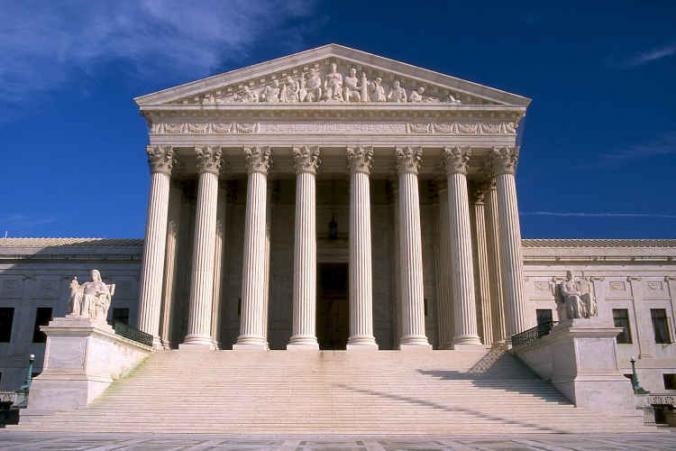In Washington State, workers’ compensation is about providing benefits to workers and their dependents. Specifically, the benefits are for disabilities and deaths caused by a workplace injury and work-related disease. The Department of Labor and Industries (L&I) has a duty to administer your workers’ compensation claim. They decide what benefits to provide depending on the work injury and make decisions and issue orders for your L&I claim.
Benefits after a workplace injury under the Washington State workers’ compensation system
Some of the key financial benefits in a workers’ compensation claim are payments to a person injured at work (such as time loss compensation or temporary total disability), and coverage of medical expenses and treatment. For state claims, employers and workers make regular premium payments to L&I. Consequently, L&I makes the compensation payments to the injured work after a work accident. However, if the employer is a certified self-insured employer (i.e., the employer uses a private insurance for their workers’ compensation claims), then the employer or the insurance company makes these payments directly.
Personally, it seems to me that workers’ compensation rates and premiums often dictate how people feel about claims. L&I makes it loud and clear that the way to keep rates down is by reducing claim costs. From my viewpoint, employers and insurance companies keep their rates low by reducing medical expenses and keeping time off work to minimum (or eliminating the time off completely).
Workers’ compensation rates
Today, L&I sent out a press release boasting with a proposal to boast 0.8% reduction in workers’ compensation premiums for employers. The proposal applies to state funded claim. It does not apply to self-insured employer claims. This is the third year in a row where L&I is reducing employer insurance premium rates.
In 2018, L&I dropped the average employer premium rate by 2.5%. For 2019, L&I lowered the premium rates by another 5%. Interestingly, that was the largest rate decline in more than 10 years. Moreover, today’s press release states that employees will “see a very small increase in the amount they pay” due to increases in the average wage.
How to appeal the proposed workers’ compensation insurance rate changes
The 0.8% workers’ compensation claim rate reduction and the increase for employee premium rates is currently just a proposal. Clearly, public hearings will follow. That means we will all have an opportunity to comment on the rates proposed for 2020 at three public hearings:
(1) Tukwila, Oct. 29, 10 a.m., Dept. of Labor & Industries Tukwila Office
(2) Spokane Valley, Oct. 30, 9 a.m., Spokane CenterPlace
(2) Tumwater, Nov. 1, 10 a.m., Tumwater Labor & Industries Office
Another option for commenting is by writing to Jo Anne Attwood, administrative regulations analyst. Her address is P.O. Box 41448, Olympia, WA 98504-4148. You can also email Joanne at joanne.attwood@lni.wa.gov. Comments are due no later than 5:00 pm on November 5, 2019. Thereafter, final rates will be adopted by early December and go into effect January 1, 2020.
Summary and personal notes
Whether we are employers or employees, none of us really want to pay higher rates. However, I think it is important to know that we are benefiting from reduced rates because injured workers are being denied workers’ compensation benefits. I can’t help but ask: What is a greater value, lower insurance rates or healthy workers who receive a full and fair opportunity to benefit from the Industrial Insurance Act? Finally, you can read the full press release on the L&I website.


